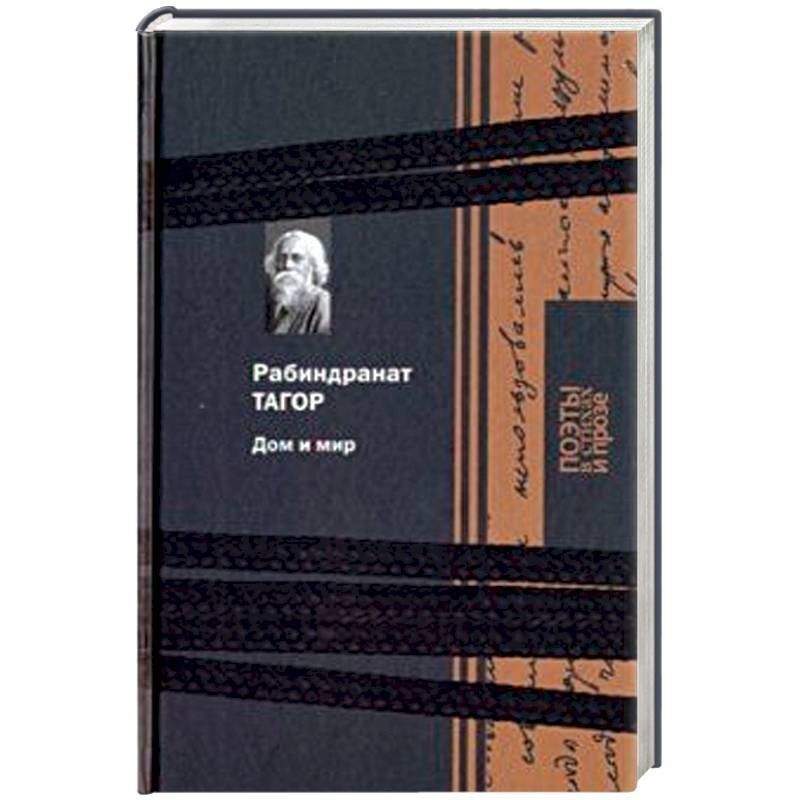House and peace
Please sign in so that we can notify you about a reply
In 1913, an important event occurred in the life of the Indian people - the poet Rabindranate Tagore became the Laureate of the Nobel Prize in Literature. The fact of presenting the award was unprecedented: for the first time, the representative of the peoples of Asia, who had previously considered only as objects of colonial operation, was awarded the most significant and prestigious reward in those days. So the imperialist West was forced to recognize the creative capabilities of the East. The literary genius of Tagora in its scale and versatility is not inferior to the titans of the European Renaissance. In India, compatriots call him the Kabigur - the poet, thus accurately determining the essence of his work. Tagor is the largest Indian prose writer and playwright. He is a composer whose songs are singing in his homeland to this day, and two of them became the national hymns of India and Bangladesh. The most famous works of the writer are the Gitanjali (sacrificial chants), "gardener" (lyrics of love and life), “Moon sickness” (poems about childhood) and “House and Peace”, which became famous for their lyricism, naturalism and contemplation in literature. The works of Tagore are an amazing mixture of national mythology and traditions with the actuals of harsh Indian life. This is what makes his poems and prose unique and easily recognizable. Tagor read in the original poets of England and Germany, translated Petrarch and Dante into his native language, knew antiquity and the Far East. The basis of his works was the plots of Buddhist legends, retelling and legends
Author:
Author:Tagor R.
Cover:
Cover:Hard
Category:
- Category:Children's Book
- Category:Fiction
- Category:Modern Literature
- Category:Poetry & Literature
Publication language:
Publication Language:Russian
Paper:
Paper:newspaper
Series:
Series: poets in verses and prose
ISBN:
ISBN:978-5-4224-1457-4
No reviews found
